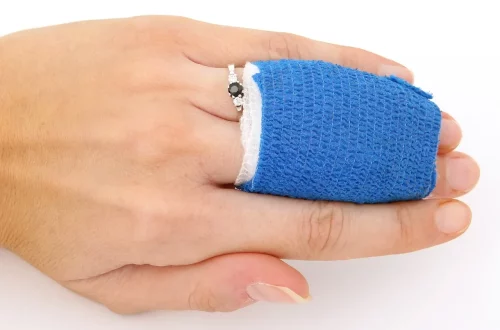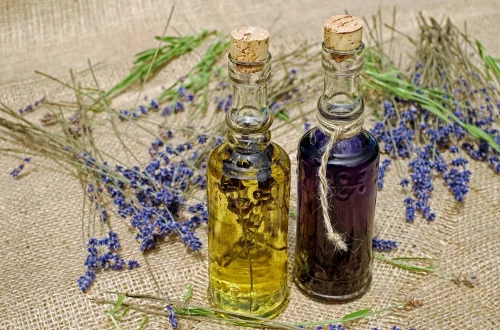
Does Karo Syrup Go Bad or Last Indefinitely in Your Pantry?
Karo syrup, a popular corn syrup product, has long been a staple in many American kitchens. Known for its sweet, thick consistency, it serves as an essential ingredient in a variety of recipes, from pecan pies to glazes for meats. However, as with any pantry staple, questions often arise about its longevity and storage. Understanding how long Karo syrup lasts and whether it can go bad is crucial for maintaining both culinary safety and quality.
Many people might wonder if they can keep Karo syrup in their pantries indefinitely. This concern often stems from the syrup’s high sugar content, which is known to act as a preservative. In contrast, improper storage or exposure to air can lead to changes in texture, flavor, and safety. Therefore, it’s essential to explore the factors that influence the shelf life of Karo syrup and how to best store it to ensure it remains fresh and delicious for as long as possible. In this article, we will delve into the various aspects of Karo syrup, including its shelf life, storage conditions, and signs of spoilage, allowing you to make informed decisions about this versatile ingredient.
Understanding the Shelf Life of Karo Syrup
Karo syrup, like many other syrups, is primarily made from corn, water, and sugar. This composition raises a pertinent question: how long can you expect Karo syrup to last in your pantry? Generally speaking, Karo syrup has an impressive shelf life due to its high sugar concentration, which inhibits the growth of bacteria and mold. When stored properly, an unopened bottle of Karo syrup can last for several years without any significant degradation in quality.
Once you open a bottle, the syrup is still safe to consume for an extended period, typically around two to three years. However, the quality may gradually decline over time, affecting its flavor and texture. To maximize its shelf life, it’s crucial to seal the bottle tightly after each use and store it in a cool, dark place away from direct sunlight and heat sources.
Another factor that can impact the shelf life of Karo syrup is the presence of contaminants. If you use utensils that are not clean or if the syrup comes into contact with moisture, it can lead to spoilage or fermentation. Therefore, always use a clean, dry spoon when scooping out syrup, and ensure the cap is securely fastened after use.
It’s also worth noting that while the syrup may remain safe to eat for an extended period, its quality can diminish. Over time, you may notice changes in the syrup’s consistency, such as crystallization or separation. If this occurs, you can gently heat the syrup to restore its original texture, but be cautious not to overheat it, as this can alter the flavor.
Proper Storage Techniques for Karo Syrup
Proper storage is key to maintaining the quality of Karo syrup. As mentioned previously, keeping the syrup in a cool, dark place is vital. A pantry or cupboard is usually the best option, as long as it remains away from any heat sources like the stove or oven. Avoid storing Karo syrup in the refrigerator unless you notice signs of spoilage, as the cold temperature can cause the syrup to thicken and become less pourable.
Another tip for long-term storage is to transfer the syrup into an airtight container if the original bottle is damaged or compromised. Glass jars with tight-fitting lids are an excellent alternative, as they can prevent air exposure and help maintain the syrup’s quality. Just ensure that the container is clean and completely dry before transferring the syrup.
It’s also essential to keep the syrup away from moisture, which can lead to fermentation. Always use dry utensils when scooping out syrup, and avoid leaving the cap off for extended periods. If you live in a humid climate, consider storing the syrup in a more air-tight container to protect it from moisture in the air.
Lastly, regularly check your syrup for any signs of spoilage, such as off odors, unusual textures, or mold growth. If you notice any of these changes, it’s best to discard the syrup to avoid any health risks.
Identifying Signs of Spoilage in Karo Syrup
Although Karo syrup has a long shelf life, it can still spoil under certain conditions. Knowing the signs of spoilage is essential to ensure that you are consuming safe and quality products. The most common indicators of spoiled Karo syrup include changes in color, texture, and smell.
One of the first signs to look for is color change. Fresh Karo syrup typically has a clear, golden-brown appearance. If you notice that the syrup has darkened significantly or developed a cloudy appearance, it may be time to consider discarding it. Discoloration could indicate that the syrup has been exposed to air or moisture, which can lead to spoilage.
Texture is another critical factor to monitor. Karo syrup should have a smooth, thick consistency. If you observe crystallization or separation of the syrup, it may not necessarily mean it is spoiled, but it could indicate that its quality has declined. In such cases, gently heating the syrup can often restore its original texture.
Lastly, the smell of the syrup can be a significant indicator of its condition. Fresh Karo syrup has a sweet, pleasant aroma. If you detect any off-odors, such as sour or fermented smells, it is a clear sign that the syrup has gone bad. In this case, it’s safest to discard the syrup to prevent any potential health risks.
While Karo syrup is generally safe for consumption for an extended period, being vigilant about these signs can help you ensure you are using high-quality ingredients in your cooking and baking.
Common Uses for Karo Syrup in Cooking and Baking
Karo syrup is an incredibly versatile ingredient and is commonly used in various recipes across the culinary spectrum. Its unique properties make it especially useful in both cooking and baking. One of its primary functions is to act as a sweetener, providing a smooth texture and enhancing the sweetness of various dishes.
In baking, Karo syrup is often used in recipes for pies, especially pecan pie, where it serves as a binding agent, helping to hold the filling together while adding sweetness. Its thick consistency also helps create a glossy finish, elevating the visual appeal of the dish. Additionally, Karo syrup can be used in cookies and cakes to retain moisture, ensuring that the final product remains soft and tender.
Beyond baking, Karo syrup is frequently used in savory dishes as well. It can be added to marinades and glazes for meats, imparting a sweet flavor that balances out savory and spicy elements. For instance, when used in barbecue sauces, Karo syrup can enhance caramelization during grilling, creating a delicious glaze on meats.
Moreover, Karo syrup can be a helpful ingredient in homemade candies and confections. Its high sugar content helps to prevent crystallization, making it an ideal choice for creating smooth caramels and fudge.
In summary, Karo syrup’s versatility extends from sweet to savory applications, making it a valuable addition to any kitchen. Whether you’re baking a pie, glazing a ham, or making homemade candy, Karo syrup can enhance the flavor and texture of your culinary creations.
**Disclaimer**: This article is for informational purposes only and should not be considered medical advice. For any health-related concerns, please consult a qualified healthcare professional.




